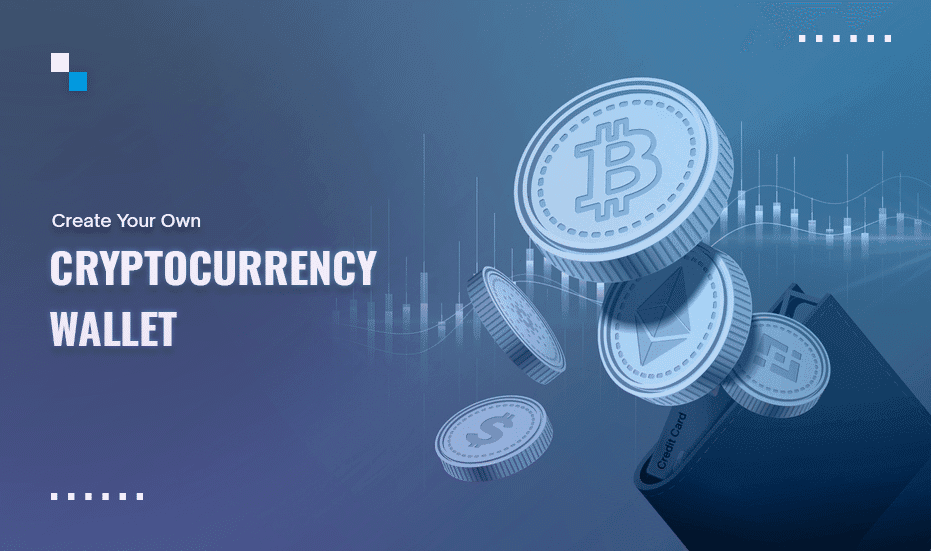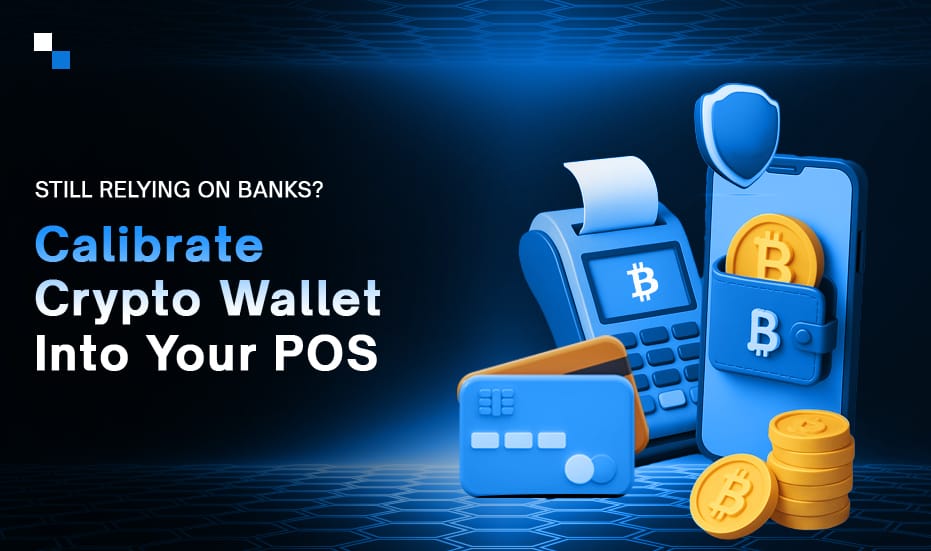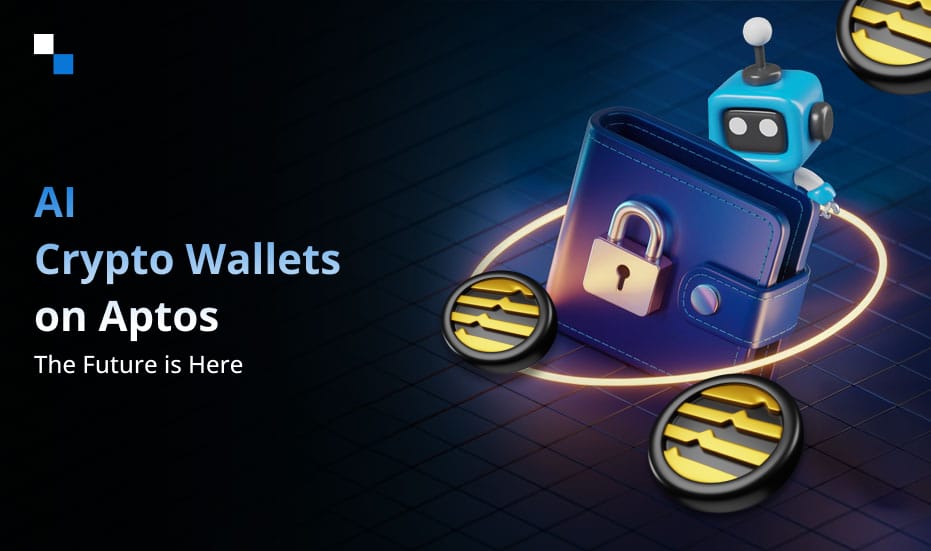
Tron dApp Development: An Access To The Decentralized World!
November 1, 2022
Start Your Tron DApp Development Journey Today!
November 3, 2022Cryptocurrency frenzy refuses to lie down. Impressively, the global blockchain market is expected to witness a growth of 85.9% between 2022-2030. As of July 15, 2022, there are over 83,434,000 cryptocurrency wallet users and by 2030 the number is expected to cross 1 billion. However, to facilitate this growth, the blockchain industry needs to provide its users with more suitable cryptocurrency wallets. Now, the question is how do you create your own cryptocurrency wallet that the users will love in 2023?
To determine this, our white-label multi-cryptocurrency wallet development team analyzed the most popular crypto wallets in the market. In the process, we identified some features that a user evaluates before he entrusts his assets to a crypto wallet.
How does a user evaluate a crypto wallet?
The simplest answer to this could be low transaction fees and high security. However, with growing hacks and soaring network transaction fees, users are evaluating security, speed, and usage fees even more meticulously. If you are planning to create your own cryptocurrency wallet, make sure you are aware of these aspects:
1. Security
Crypto wallet security is an umbrella term. Most of the white label multi-cryptocurrency wallets are developed based on some basic security features like Two-Factor Authentication, Automated logout, and Local storage of the private key. While these are the must-have security features, crypto users are also seeking advanced yet easy-to-use security features. Some of these are –
2. Account Access Method
This is a security parameter that guards access to a user’s crypto wallet. When you create your own cryptocurrency wallet, make sure it provides users with multiple forms of authentication (MFA) to access their accounts.
To implement MFA, white label multi-cryptocurrency wallet script generally uses a time-based one-time password technique (TOTP). For any user to log in he needs a username password and MFA token to generate a TOTP virtually. In our survey, it was established that MFA provides better means of securing transactions.
3. Transaction Authorization Method
When a user sends his crypto assets from one wallet to another, a security-related step is required to authorize these transactions. Having a single signature to authorize such transactions is risky. That is why over time multi-signature (multisig) crypto wallets rose in popularity. A MultiSig wallet uses more than one private key to authorize any crypto transaction. Most of the white label multi cryptocurrency wallets are designed as multisig wallets nowadays.
If you create your own cryptocurrency wallet, you must make sure the private keys of multisig wallets should be held in different locations as it enhances security. At the same time, it allows multiple keys to sign a transaction which improves usability.
Some of the popular MultiSig wallets are :-
- N-of-n type Multisig wallets: All the crypto wallets would need more than one key for authorization of the transactions. N-of-n type wallets require all the keys to create the final signature.
- N-of-m type Multisig wallets: All the crypto wallets would be designed with more than 2 signatures. Each transaction would require 2 or more signatures but not necessarily all.
4. Recovery Method
A recovery phrase is a readable form of a crypto wallet’s private key. It is crucial for the security of a crypto wallet. This ensures in case a user loses access to his account, he can recover his account and assets without any hassle.
If you plan to create your own cryptocurrency wallet that’s compatible with iPhone, you can also enable iCloud backup. The wallets can be designed with in-built functionality to create a backup password and then their private keys their private keys can export onto iCloud. In the future, users can connect to iCloud and the wallet can automatically extract the seed phrase for recovery.
Another way used for recovery methods in white label multi cryptocurrency wallet is MPC (Multi-party Computation). The wallets designed using MPC are keyless wallets. In this kind of wallet, the private key is divided into two or more parts which are then stored on different servers or cloud storages. All the parts of the keys are required to recover the wallet. However, all the parties that hold a part of the key must be available during wallet recovery.
5. Hierarchical Deterministic
Hierarchical deterministic wallet is possible using BIP-32 (Bitcoin Improvement Proposal) in white label multi cryptocurrency wallet development. An HD wallet enhances privacy and security by generating a new key pair from a master key pair. HD wallets inherently offers multi-currency support and can be restored with a recovery phrase.
6. Cost and Fees
Users of the crypto wallets have to incur different fees to interact with the wallets. One very important thing you must consider when creating white label multi cryptocurrency wallet is that the wallet should be free to download.
To use a crypto wallet, the user needs to pay network fees and maker/taker fees. Several wallets also offer fee customization where the users can choose the speed at which their transactions will go through.
Final Word
A cryptocurrency wallet enables users to store and transfer crypto assets securely. At the same time, the users can avail the benefits of decentralization and anonymity. However, to develop robust and secure cryptocurrency wallet solutions you must always hire experts. Antier developers have extensive experience in the development of secure white label multi cryptocurrency wallets. Get in touch with us to leverage our experience to launch your cutting edge crypto wallet.



